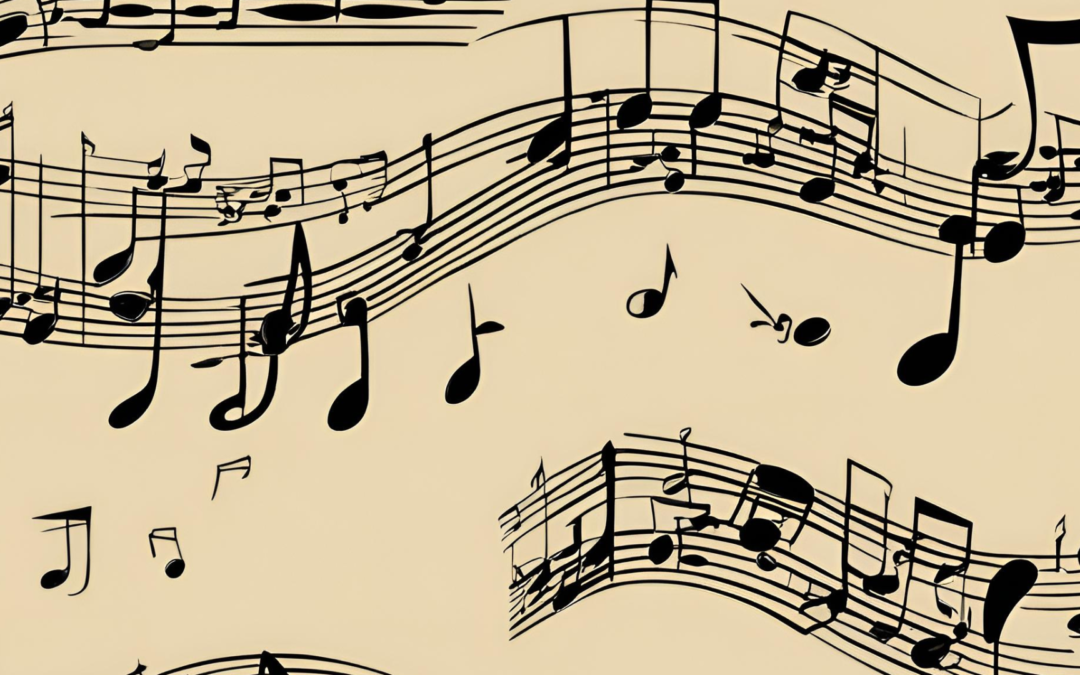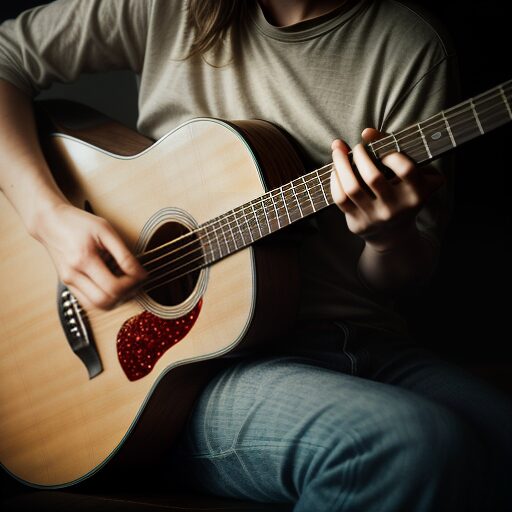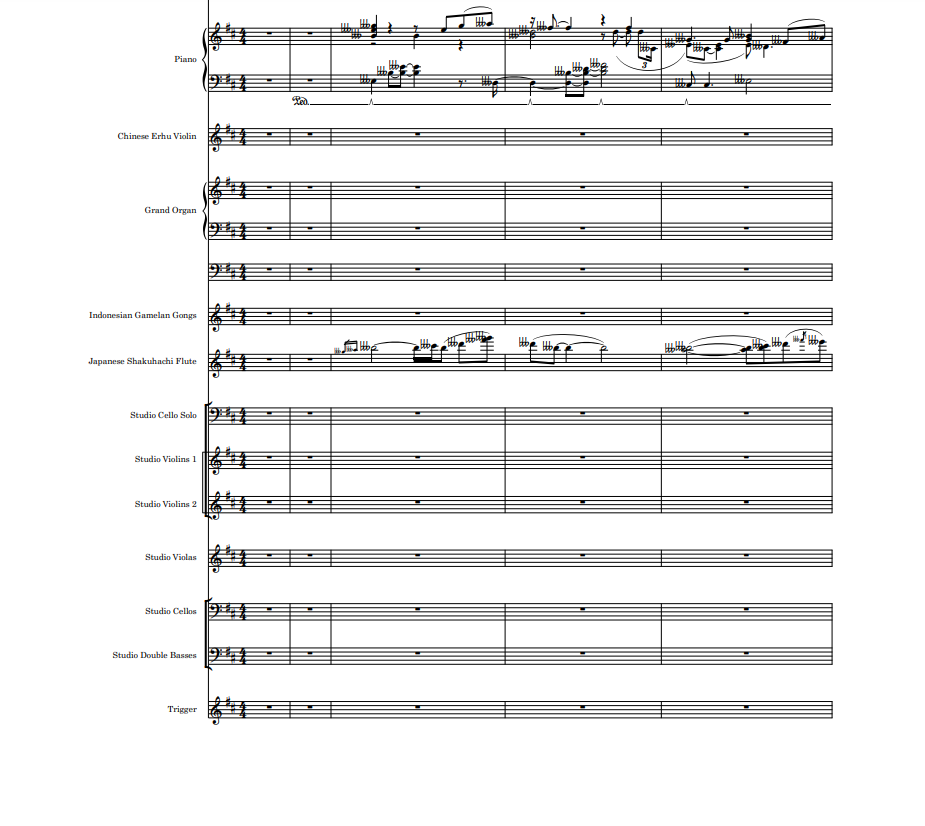A Comprehensive Guide to Composing Music Using Digital Audio Workstations (DAWs)
Digital Audio Workstations (DAWs) have democratized music production, making it accessible to musicians of all levels. Whether you’re starting fresh or moving from traditional instruments to digital production, a DAW offers an expansive toolkit for composing, arranging, and refining your music. Here’s a detailed guide to help you master composing music with a DAW, from the fundamentals to advanced tips.
1. What is a DAW? Understanding the Core of Digital Composition
A Digital Audio Workstation (DAW) is software used to create, edit, and produce music on a computer. Some of the most popular DAWs are:
- Ableton Live: Known for its intuitive workflow, great for electronic music and live performance.
- Logic Pro X: Comprehensive for recording and arranging, especially popular among singer-songwriters and Mac users.
- FL Studio: Popular with beginners and EDM producers for its user-friendly interface.
- Pro Tools: Industry standard, especially for audio recording and post-production.
Each DAW has unique features, but they all serve as a central hub for all music production tasks. Many DAWs offer a free trial, so try a few to see which one aligns with your goals and feels intuitive.
2. Choosing the Right DAW for Your Needs
Consider the following factors:
- Genre Focus: Ableton Live, for example, is well-suited for electronic music with its fast sequencing tools and sample manipulation, while Logic Pro is popular for recording live instruments.
- Budget: Some DAWs, like Reaper and Cakewalk by BandLab, are free or offer affordable options, ideal if you’re starting out.
- Operating System: Not all DAWs are cross-platform; Logic Pro, for instance, is only available on Mac.
- Learning Curve: FL Studio and GarageBand are beginner-friendly, while Pro Tools might have a steeper learning curve but offers unmatched audio quality and editing tools.
Choosing a DAW that fits your genre, budget, and skill level will help set you up for success.
3. Setting Up Your First Project: Essential Preparations
After selecting a DAW, it’s time to start a new project. Here’s a guide to setting it up:
- Setting the Tempo: Choose a tempo (speed) for your track. Genres often have typical tempos: 120 BPM (beats per minute) for pop, 70-100 BPM for hip-hop, 128 BPM for house.
- Selecting a Key Signature: Decide on a key, like C Major for a bright sound or A Minor for something moodier. Most DAWs allow you to set the key of your project to help structure your composition.
- Organizing Tracks: Create separate tracks for each instrument, for example: Track 1 for drums, Track 2 for bass, Track 3 for lead melody, and so on. Naming these tracks makes organization easier.
- Using a Metronome: Enable the metronome to maintain timing accuracy while recording. A consistent rhythm is essential, especially when layering multiple elements.
4. Composing a Melody and Building Chords
Melody and harmony form the heart of any composition. Here’s how to get started:
- Simple Chord Progressions: Start with common progressions like C-G-Am-F or D-G-Bm-A, which provide a familiar foundation for your track.
- DAW Virtual Instruments: Most DAWs come with built-in instruments like pianos, guitars, and synthesizers. Use these to try out chords and melodies.
- MIDI Input and Controllers: If you have a MIDI keyboard, you can play and record melodies and chords directly. DAWs translate MIDI input into sound, allowing you to experiment freely.
Consider trying arpeggios (notes of a chord played in sequence) or broken chords to add variation. Working with MIDI notes gives you flexibility—you can easily adjust timing, velocity, and pitch even after recording.
5. Building the Rhythm Section
Rhythm is the backbone of many compositions. Here’s how to craft a rhythm track:
- Using Drum Machines: Most DAWs include drum machines with customizable sounds. These are ideal for creating electronic beats or layering with live instruments.
- Working with Samples: DAWs support drag-and-drop sample features, allowing you to use pre-recorded drum patterns or sound effects.
- Sequencing Your Beats: Many DAWs have a step sequencer, where you can place kick, snare, and hi-hat hits across a grid to create custom beats. Experiment with patterns to find one that complements your melody.
Layering samples and loops in creative ways can yield unique rhythms. Also, consider using different patterns for verses, choruses, and breakdowns to give the rhythm section dynamic shifts.
6. Adding Basslines, Pads, and Effects to Enhance Depth
With the melody and rhythm set, it’s time to fill in the composition:
- Crafting a Bassline: A bassline reinforces the harmony and grounds the rhythm. Use a synth bass or a sample, and match it to the root notes of your chords for a cohesive sound.
- Pads and Ambient Sounds: Pads (sustained chords or notes) add depth and texture. A subtle pad track can make your composition feel fuller and create a foundation under the melody.
- Sound Effects and Samples: Adding effects like reverb, delay, or even nature sounds can create a unique ambiance. For instance, delay on a snare hit can add a dub-like quality, while reverb on a piano gives it an ethereal feel.
These layers create a sense of space and mood. Experiment with subtle adjustments to find a sound that adds the right amount of depth without overwhelming the composition.
7. Mixing: Balancing the Composition
Mixing is crucial for polishing your track and ensuring each element is balanced. Follow these steps:
- Volume Balancing: Start by adjusting the volume of each track so that no single instrument overpowers the others. Your main melody should stand out, with rhythm and harmony balanced beneath it.
- Equalization (EQ): EQ helps remove clashing frequencies. For example, cut low frequencies on instruments like pads or guitars to make space for the bass.
- Compression: Use compression to control dynamics, keeping the volume levels steady and preventing sudden spikes.
- Panning: Pan sounds left or right to create spatial balance. This technique can add clarity by separating instruments in the stereo field.
Experimenting with these tools allows you to shape the overall sound and ensure that each part of the composition has its place.
8. Mastering and Exporting Your Track
Once mixed, mastering is the final polish before exporting:
- Loudness and Clarity: Mastering increases the overall loudness and ensures consistency. Many DAWs offer stock mastering plugins, which can boost levels and balance the frequency spectrum.
- File Export: Choose the right format—WAV for high-quality, uncompressed audio or MP3 for sharing online. Export at 44.1 kHz or higher for professional audio quality.
Proper mastering ensures your track sounds great on various devices and platforms.
9. Tips for Effective Music Composition in DAWs
- Use Reference Tracks: Listen to professionally mixed songs to guide your EQ, panning, and reverb levels.
- Leverage DAW Plugins: Explore built-in plugins for instruments and effects before investing in third-party plugins.
- Iterate and Experiment: Don’t be afraid to try new sounds and structures. Use automation for creative control over volume, panning, and effects.
Composing music with a DAW is a journey that improves with practice. Each composition will teach you something new about sound, structure, and creativity, allowing you to develop a unique musical style. Enjoy exploring, experimenting, and creating music with these versatile tools.







